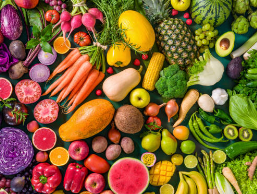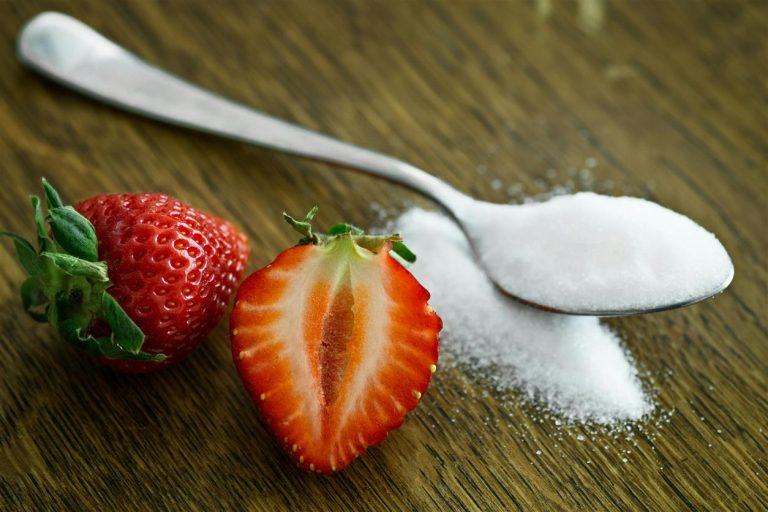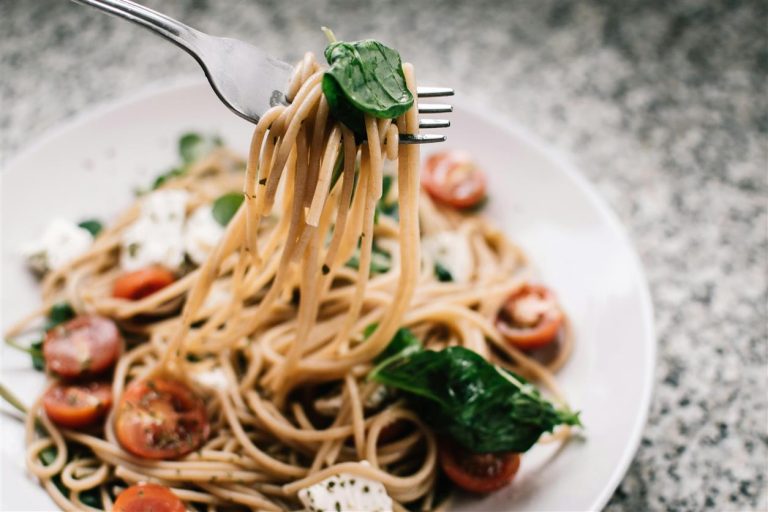
Once upon a time, flavor came from the ground. From dirt-flecked carrots, vine-ripened tomatoes, and coffee beans roasted by hand. What something tasted like was largely determined by where it grew, when it was harvested, and how it was prepared. Today, that landscape has changed. Quietly, and with growing precision, flavor has become a product of engineering—something designed, not simply grown.
Welcome to the age of flavor science, where chemistry meets cuisine, and the idea of “natural” is increasingly difficult to pin down.

A Lab in Every Bite
Behind nearly every processed food item on a supermarket shelf is a network of flavorists—chemists who specialize in recreating, enhancing, or inventing taste and aroma compounds. Their job isn’t to mask bad ingredients; it’s to construct sensory experiences that will trigger memory, craving, and satisfaction.
From the tangy bite of a salt-and-vinegar chip to the buttered-popcorn taste in microwaveable snacks, these flavors often don’t come from the foods themselves. They’re synthesized in labs, calibrated down to parts per billion, and blended into products that might contain little of the original source material—if any at all.
And yet, these engineered tastes often feel more “real” than the real thing. They’re nostalgic, familiar, and above all, dependable. Nature is inconsistent. Chemistry isn’t.
The Rise of the “Natural Flavor” Loophole
Consumers have been trained to seek out the word “natural” on packaging, equating it with health, purity, and authenticity. But in the world of flavor, “natural” can be misleading. Under current regulations in the U.S. and many other countries, a “natural flavor” only needs to originate from something found in nature—it doesn’t need to taste anything like the original source, nor does it need to be extracted in traditional ways.
For example, a “natural vanilla flavor” may not come from vanilla beans at all. It might come from clove oil, wood pulp, or castoreum (a secretion from beavers, though rarely used anymore). As long as the flavor compound itself exists in nature, it’s fair game.
So while consumers may believe they’re avoiding lab-created substances, the reality is murkier. Many “natural” flavors undergo just as much processing as synthetic ones. The line between the field and the factory has never been blurrier.
Why We’re Engineering Flavor in the First Place
There are a few key reasons flavor engineering has become so widespread:
- Shelf Stability: Real fruits and herbs are perishable. Lab-made flavors last longer, travel farther, and behave more predictably across production lines.
- Cost Efficiency: Extracting flavors from natural sources can be expensive and resource-intensive. Artificial or naturally-derived substitutes are cheaper and easier to scale.
- Sensory Enhancement: Engineered flavors can heighten sweetness, richness, or umami without adding more sugar, fat, or salt—important for brands under pressure to meet health guidelines while preserving taste.
- Climate Constraints: As agriculture faces growing challenges—droughts, pests, unpredictable weather—flavor consistency through natural means has become harder to guarantee. Labs offer control that fields can’t.
The Ethics of Engineered Taste
At first glance, flavor science seems like a harmless or even helpful field. It allows people to enjoy foods that might otherwise be too expensive, scarce, or unfamiliar. But it also raises difficult questions.
When food is designed for maximum palatability, does it encourage overconsumption? Many nutrition experts believe so. Engineered flavor profiles—especially in ultra-processed foods—can override the body’s natural hunger signals, making it easy to eat past fullness.
Then there’s the issue of transparency. Food labels often group dozens of chemical compounds under a single phrase like “natural flavors,” giving consumers little information about what they’re actually eating. While the ingredients may be safe, the vagueness undermines trust.
And culturally, there’s a broader shift at play. The more we rely on engineered flavor, the further we drift from the raw ingredients that once anchored regional cuisines. What happens to heritage cooking when a sauce can be made to taste like a 12-hour reduction in seconds?
A Shift in the Culinary World
Not all chefs are sounding the alarm. In fact, some are embracing flavor science as a creative tool. High-end restaurants experimenting with molecular gastronomy have long used lab techniques to surprise and challenge diners. In recent years, flavor houses have partnered with chefs to develop entirely new taste experiences—from plant-based bacon that replicates smoky umami to synthetic truffle notes made without endangering fungi populations.
There’s also growing interest in “clean label” flavor engineering, where food companies seek more transparency, simpler ingredient lists, and fewer artificial additives—even as they still lean on chemistry.
Yet even in this evolving space, one tension remains: Is it possible to engineer flavor without engineering disconnection?
What’s Lost When Flavor Is Designed
The appeal of flavor engineering is hard to deny—it’s efficient, scalable, and increasingly sophisticated. But the rise of engineered taste raises a quieter loss: the sensory and emotional depth that comes from true variability.
The tomato grown in your backyard will never taste the same as the one from a friend’s garden or a different season. Its flavor is shaped by sunlight, rain, and soil. It is imperfect. It is unrepeatable. It is real.
Lab-made flavor, on the other hand, is precise. It can be dialed in to match consumer preference curves and emotional associations. But that very predictability can flatten the experience of food, transforming it into a kind of edible media—optimized for clicks, sales, and shelf life rather than soul.

Where Do We Go From Here?
Flavor engineering isn’t going away. In fact, it’s likely to become even more central to how we eat in a world of rising food costs, ecological strain, and shifting consumer habits. But as it grows, so should the conversation around it.
We need better labeling laws that inform without overwhelming. We need culinary education that respects both science and tradition. And we need to preserve the messiness of taste—the irregularities, the surprise, the seasonal.
Because flavor is more than chemistry. It’s memory. It’s place. It’s time. And while labs can do remarkable things, some tastes are still best left to the garden, the kitchen, and the hands that know when enough is enough.






